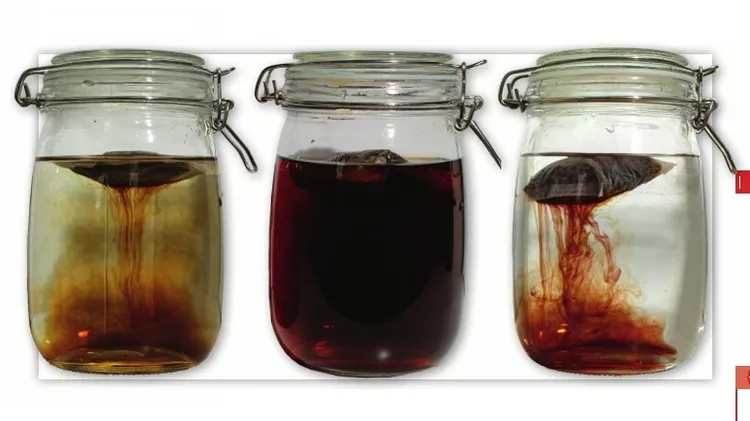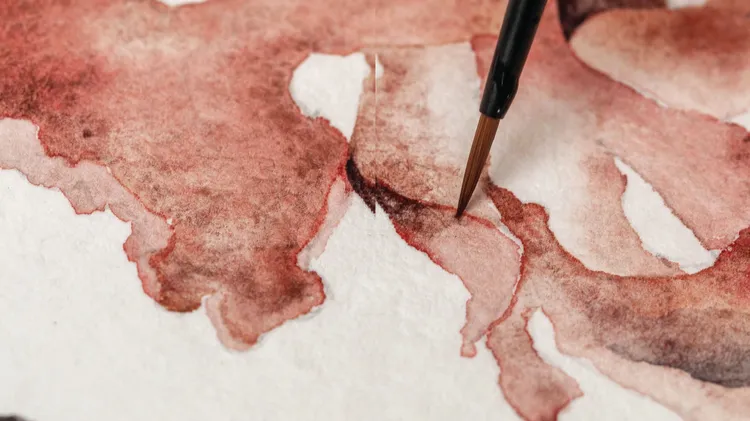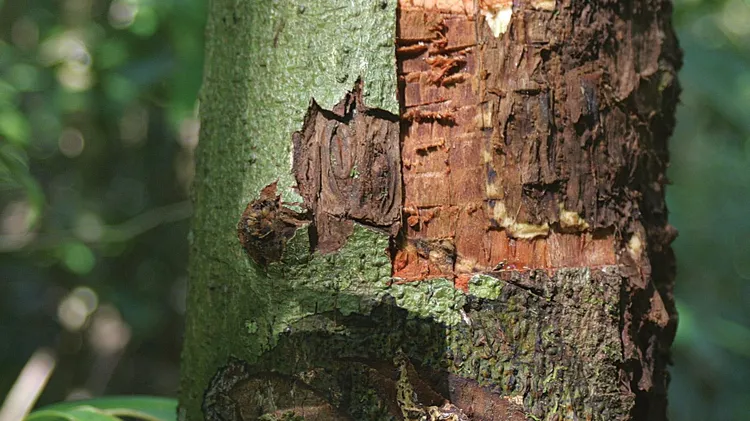‘Botanicals’ is a word that’s only joined the aquari
An introduction to using botanicals
6 min read
This article is from...
Read this article and 8000+ more magazines and newspapers on Readly






